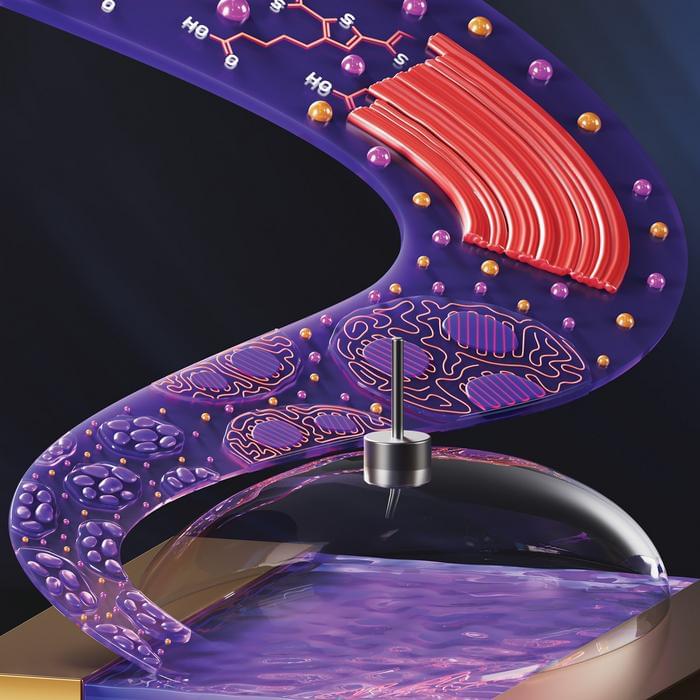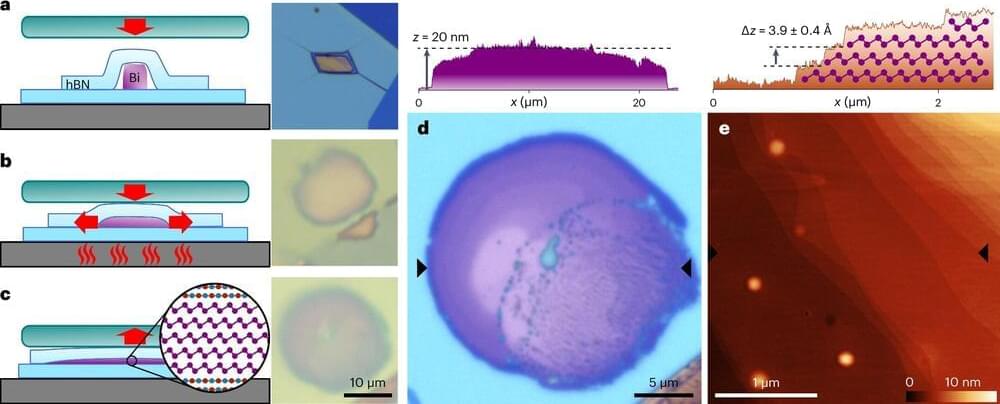Continuing our look at Dyson Spheres we examine the concept of the Nicoll-Dyson Beam, a type of advanced weapon that uses the output of an entire sun to create a laser that can strike target across the galaxy.
Get the latest international news and world events from around the world.

Strongest sign of alien found: The search for life beyond earth
The search for life beyond Earth is really just getting started, but science has an encouraging early answer: there are plenty of planets in the galaxy, many with similarities to our own. But what we don’t know fills volumes. Observations from the ground and from space have confirmed thousands of planets beyond our solar system.

Functionalization of Polymer Networks for Diverse Applications
While silicon has been the go-to material for sensor applications, could polymer be used as a suitable substitute since silicon has always lacked flexibility to be used in specific applications? This is what a recent grant from the National Science Foundation hopes to address, as Dr. Elsa Reichmanis of Lehigh University was recently awarded $550,000 to investigate how polymers could potentially be used as semiconductors for sensor applications, including Internet of Things, healthcare, and environmental applications.
Illustration of an organic electrochemical transistor that could be developed as a result of this research. (Credit: Illustration by by Ella Marushchenko; Courtesy of Reichmanis Research Group)
“We’ll be creating the polymers that could be the building blocks of future sensors,” said Dr. Reichmanis, who is an Anderson Chair in Chemical Engineering in the Department of Chemical and Biomolecular Engineering at Lehigh University. “The systems we’re looking at have the ability to interact with ions and transport ionic charges, and in the right environment, conduct electronic charges.”

Project Astra demo | Solving math problems
Watch Project Astra factorise a maths problem and even correct a graph. All shot on a prototype glasses device, in a single take in real time.
Project Astra is a prototype that explores the future of AI assistants. Building on our Gemini models, we’ve developed AI agents that can quickly process multimodal information, reason about the context you’re in, and respond to questions at a conversational pace, making interactions feel much more natural.
More about Project Astra: deepmind.google/project-astra

Altered States of Consciousness More Common Than Believed in Mind-Body Practices
Summary: A new study finds that altered states of consciousness (ASCs), like those experienced during meditation, are more common than previously thought. 45% of respondents reported experiencing ASCs at least once, often leading to positive outcomes.
However, a significant minority also reported negative or even life-threatening suffering, highlighting the need for better support and understanding of these experiences.

Qualia Structure Pre-Summer School Journal Club — by Emanuela Yeung on Tsuchiya et al 2016
【Qualia Structure Summer School】https://en.qualia-structure.jp/news/detail/3569We are planning to hold the sum…
FDA approves Neuralink chip for second patient | NewsNation Now
The FDA has allowed billionaire Elon Musk’s Neuralink to implant its brain chip in a second person after it proposed a fix for a problem that occurred in its first patient. Correspondent Brooke Shafer joins \.
